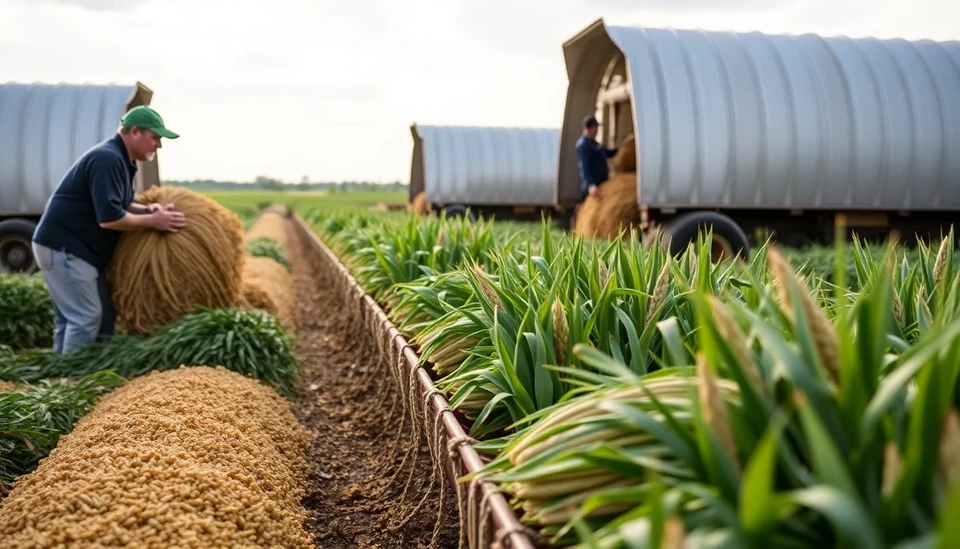
The latest analysis from industry experts projects that the United States agricultural sector is unlikely to see a significant recovery until at least 2026. This forecast arises from persistently low crop prices, which are placing immense strain on farmers across the nation. The anticipated recovery has been hindered by various factors, including fluctuating demand, adverse weather conditions, and ongoing inflation that continues to affect farming operations.
Current indices indicate that crop prices remain stagnant compared to previous years, putting farmers in a tough spot as they struggle to break even. The USDA's projections reflect a grim reality in which farmers may have to endure another challenging harvest season before any meaningful improvement in their financial standings is observed.
Analysts emphasize that prices for corn, soybeans, and wheat have not bounced back as expected, primarily due to reduced demand both domestically and internationally. Global supply chain issues, heightened by geopolitical tensions and trade disputes, have further complicated the scenario, leading to increased competition from producers in other countries who are offering lower prices.
Additionally, weather patterns have played a pivotal role in influencing crop yields. During the past year, various regions faced droughts, flooding, and other extreme weather events, all of which have severely impacted agricultural productivity. Farmers are increasingly concerned that a continuation of such conditions may exacerbate the situation, leading to even lower prices and reduced profit margins.
In light of the dire circumstances, financial analysts and agricultural economists suggest that farmers should brace for tough times ahead. Many are exploring various strategies to cope with the ongoing challenges, such as diversifying crop production or seeking additional financial support through government programs. However, the uncertainty regarding future crop prices makes planning a daunting task for many in the agricultural sector.
Looking ahead, the broader economic context will also play a crucial role in the agricultural recovery. Inflation continues to affect input costs, such as fuel and fertilizer, which further squeezes farmers’ margins. As such, stakeholders within the industry are calling for a comprehensive review of agricultural policies and support systems that could provide much-needed relief and foster a more resilient farming community.
Experts stress the importance of innovation in agriculture as a potential avenue for recovery. Embracing new technologies and sustainable practices can yield benefits not only for the farmers but for the environment as well. As the sector grapples with these challenging times, strategic planning and adaptability will be essential to navigate the road to recovery.
In conclusion, while the outlook for U.S. agriculture may appear bleak, there remains a cautious hope that the industry will undergo a transformation that might eventually lead to a more robust recovery by 2026. As farmers continue to persevere amidst adversity, the resilience of the agricultural sector will be put to the test in the coming years.
#USFarmers #AgricultureRecovery #CropPrices #FarmEconomy #SustainableFarming
Author: Daniel Foster




